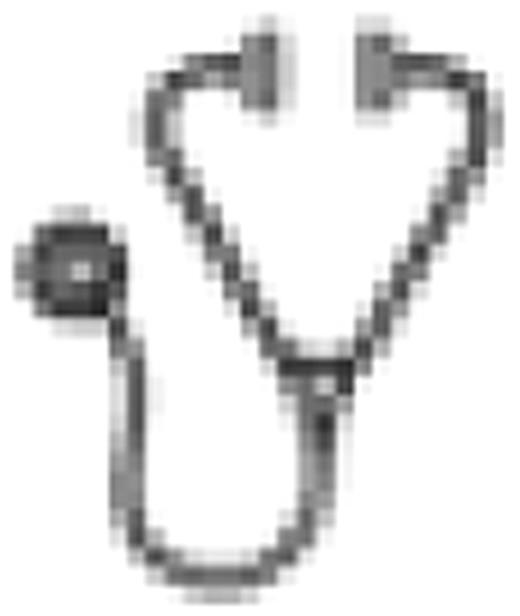Abstract
To better counsel our patients on the role of auto SCT for patients with AML we studied consecutive individuals in CR 1 who had tissue compatible siblings and underwent allogeneic (allo) SCT with subjects who had no HLA donor and actually underwent auto SCT.
Patients were in CR 1 following induction combinations containing 7 days of cyatarabine and etoposide with 3 days daunorubicin followed by similar consolidation therapy. The choice for the type of graft was based on availability of HLA identical siblings. Allogeneic donors underwent PBPC mobilisation with filgrastim and for GvHD prophylaxis grafts were exposed ex vivo to alemtuzumab 1mg/1010 mononuclear cells. Patients were prescribed cyclosporin until day 90 post transplant. Individuals lacking a donor underwent PBPC mobilization with etoposide 2 gr/m2 and harvested PBPC were cryopreserved. Patients received similar myeloablative conditioning followed by infusion of the grafts. Patients were stratified by clinical and laboratory factors as well as cytogenetic risk. The end points were TRM, DFS and OS.
The median presentation age for both transplant groups was 35 (14-60) years. Of the 112 consecutive patients achieving remission 37 had HLA identical siblings, but 3 relapsed and donors became unavailable in 2. Thus, autologous or allogeneic grafts were actually transplanted to 43 and 32 patients respectively. There was no significant difference in the presentation clinical features, laboratory parameters, marrow morphology or proportion of low and intermediate cytogenetic risk for both transplant options. Treatment mortality as well as relapse rate was similar (14 and 15%; 39 and 27%, respectively). At a median of 1609 and 1819 post transplant days, 56% and 63% in each group survive. In univariate analysis performance status, cytogenetic risk, morphological features of dysplasia, blast count and LDH were significant factors for survival. While for the entire group there was no difference in survival between both modalities, all patients with unfavourable cytogenetics receiving an autologous graft died of disease recurrence (3 year survival 35% vs 0%; p= 0.05).
We conclude that patients with AML who have low or intermediate cytogenetic risk undergoing myeloablative conditioning followed by autologous or allogeneic T-cell depleted stem cell transplantation appeared to have similar outcome. However, those with unfavourable karyotype are unlikely to be cured with autologous grafts and are candidates for experimental modalities.
No relevant conflicts of interest to declare.

This icon denotes an abstract that is clinically relevant.
Author notes
Asterisk with author names denotes non-ASH members.

This feature is available to Subscribers Only
Sign In or Create an Account Close Modal